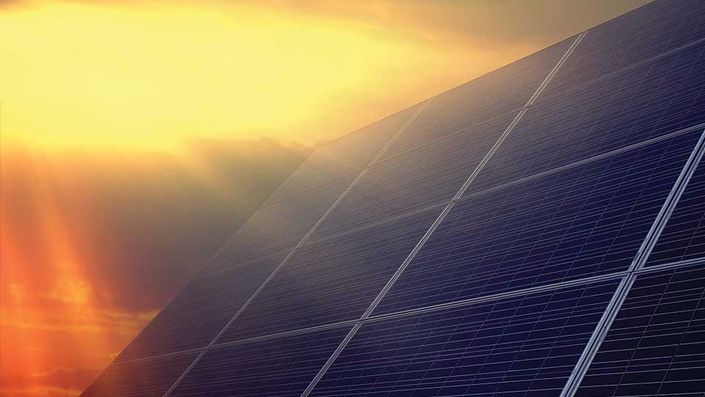
Module 18 : Energy from the Sun:
Biomass
ABOUT
Energy from the Sun: Biomass introduces students to the use of biomass to meet human energy needs. Students take on the roles of staff members in a non-governmental organization (NGO) consulting for a developing country that is trying to promote the use of biomass-fueled stoves among its citizens. The government of the country also wants to explore ways that biomass can help to sustainably meet the country’s other energy needs. Students investigate the different stove designs available and look at the other ways that biomass is used for power generation, including biogas, which can be used to create electricity; biodiesel, which can be used to power vehicles; and ethanol, which can be used as a fuel to run engines and generators.
In Energy from the Sun: Biomass, students learn about how biomass stores solar energy from the perspective of biology and chemistry. They explore the concept of solar energy, learn how it is captured as chemical energy through photosynthesis, and investigate how this energy travels through ecosystems. Students learn how animals, including humans, use the chemical energy stored in food and how the breakdown of food in animals releases energy, which is used to do work. They learn how the chemical energy stored in biomass is used to do other kinds of work, such as cooking, heating water, and generating electricity. For their ongoing project, they develop educational materials to promote the use of biomass stoves in their project country, helping the country’s citizens understand the benefits of these stoves. By the end of the module, students understand how biomass can be used as a sustainable alternative energy source.

